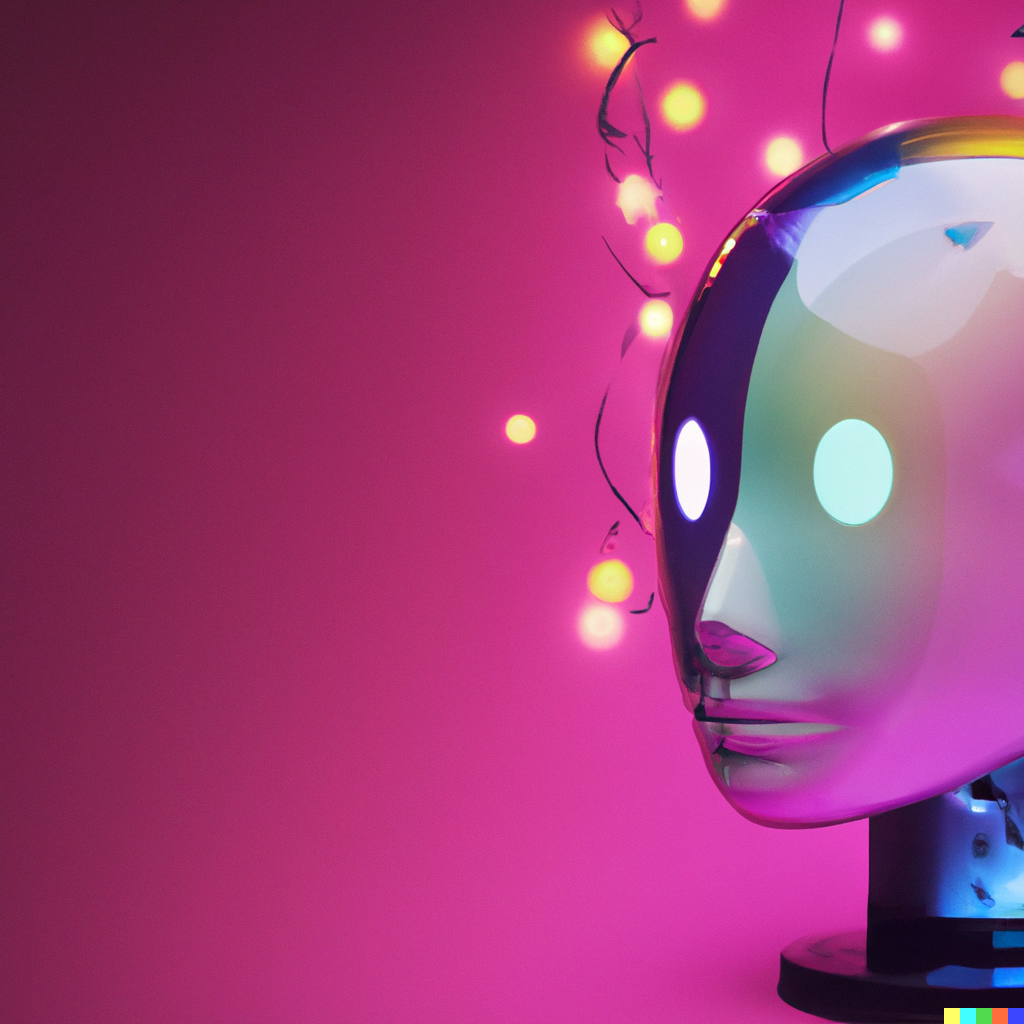What is Chat-GPT about?

Before we move forward, this article intends to describe and introduce the architectural components of GPT and one of the most well-known implementations, Chat-GPT. We won’t touch base on some custom prompts that can help you to become a millionaire overnight or build your next successful business, sorry guys, maybe the next one.
So let’s start from the beginning, what is GPT? GPT stands for “Generative Pre-trained Transformer.” It’s a type of artificial intelligence model that can generate text that looks like it was written by a human.
Ok, got it, but what generative transformer means?
Generative transformers use a multi-layered architecture that is composed of an encoder and a decoder. The encoder processes the input sequence and generates a set of representations, while the decoder takes these representations and generates the output sequence.
Generative transformers have achieved state-of-the-art performance in a variety of natural language generation tasks, such as text summarization, machine translation, and language modeling. They can capture complex relationships between words and phrases in a given text and generate high-quality outputs that are indistinguishable from human-generated text in many cases.
These methods share the same idea, pre-training the language model in an unsupervised fashion on vast amounts of datasets, and then using this pre-trained model for fine-tuning various downstream Natural Language Processing tasks.
While the input defines a comprehensive context, the output is built in real time based on a complex neural network implementation that estimates the next word or sentences to write based on the previous set of words provided by the output layer.

This is getting worse, isn’t it? Just explain it as I’m five
Imagine you are playing a game where you have to tell a story. You start by saying a sentence and then your friend adds another sentence, and then you add another sentence, and so on. That’s how a generative transformer works, but instead of playing a game, it uses a computer program.
The computer program is like a robot that can talk and write sentences. It is very smart and has acquired information from different sources and articles to learn how to write sentences. When you give it a sentence, it thinks very hard and comes up with the next sentence in the story.
It’s like you are telling the computer program a story, and it is adding to the story one sentence at a time. It can even come up with new and creative sentences that you haven’t heard before!
Imagine you have a big book filled with lots of different sentences and paragraphs. You want to teach a computer to write its book, but you don’t want to start from scratch. So instead, you use the big book as a starting point. You have the computer read through the book and learn how to write sentences and paragraphs that look like the ones in the book.
What about GPT?
There have been several different versions of GPT. Each version is an improvement on the previous one, with better technology and more advanced algorithms. The first version, called GPT-1, was released in 2018. Since then, there have been several more versions, including GPT-2, GPT-3, and GPT-Neo.
Each version is better at generating text than the previous one. For example, GPT-3 can generate text that is so realistic, it’s sometimes hard to tell that it wasn’t written by a human. And GPT-Neo is a newer version that was created to be more accessible and available to a wider range of people.
Interesting, let’s cut to the chase, how Chat-GPT works?
ChatGPT is a language model based on the GPT (Generative Pre-trained Transformer) architecture. It has been trained on a massive amount of text data from the internet, including books, articles, and websites, using a technique called unsupervised learning.
During training, the model learns how to predict the next word in a sentence based on the words that came before it. By doing this, it learns the patterns and structures of language and develops an understanding of how words and sentences fit together.
When you interact with ChatGPT, it uses this knowledge to generate a response based on the words and phrases you’ve used in your message. It does this by predicting the most likely words to come next, given the context of your message, and then generating a response that follows those predictions.
However, ChatGPT is a machine-learning model, it’s not always perfect. Sometimes it may generate responses that are irrelevant, repetitive, or nonsensical. In those cases, you can try rephrasing your question or message to see if you can get a better response.
Overall, ChatGPT is designed to simulate a conversation with a human and to generate responses that are natural and engaging. But because it’s still a machine learning model, it’s not quite as sophisticated as a real human conversation partner.
During its training phase, ChatGPT was fed vast amounts of text data from the internet, and it learned how to predict the next word in a sentence based on the words that came before it. This process involved analyzing the statistical patterns and relationships between words in the text and using that information to generate more natural and coherent responses.
When you interact with ChatGPT, it uses this statistical knowledge to generate responses based on the patterns it has learned from the text data. By analyzing the words and phrases in your message, it can predict the most likely words to come next and generate a response that fits the context of the conversation.
So, while ChatGPT is not a purely statistical model, statistical modeling plays a critical role in how it generates responses.
What about the training parameters? are those important for the model?
The number of parameters used to train ChatGPT, the large language model trained by OpenAI, varies depending on the version of the model.
For example, the original GPT model had 117 million parameters, while GPT-2 had 1.5 billion parameters. GPT-3, the latest version, has several variants ranging from 175 billion to 13.5 trillion parameters.
However, it’s worth noting the number of parameters does not necessarily indicate the performance of the model. Other factors, such as the quality and diversity of the training data, the architecture of the model, and the optimization techniques used during training, also play a significant role.
What’s next for Chat-GPT?
According to Open.ai and the current version of GPT-4, these are the items that they are working towards.
- Improved language understanding: ChatGPT may be further trained on large amounts of data to improve its ability to understand and interpret natural language, including nuances in grammar, syntax, and meaning.
- Increased efficiency: ChatGPT could be optimized to run faster and require fewer computational resources, allowing it to respond more quickly and efficiently.
- Enhanced conversational abilities: ChatGPT may be trained to carry out more complex and engaging conversations, such as discussing abstract concepts or engaging in role-playing scenarios.
- Personalization: ChatGPT could be customized to better suit individual users’ preferences and needs, such as by incorporating their personal data and conversation history into their responses.
- Multi-modal capabilities: ChatGPT may be trained to understand and generate responses in multiple formats, including text, speech, and images.
- Overall, the possibilities for ChatGPT’s future development are vast, and will likely continue to expand and evolve as AI technology advances.
Hope you have found this post informative. Feel free to share it, we want to reach as many people as we can because knowledge must be shared, right?
If you reach this point, Thank you!
<AL34N!X>
